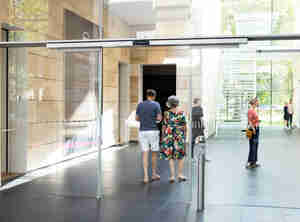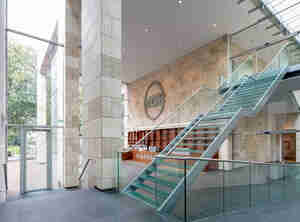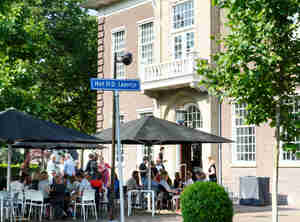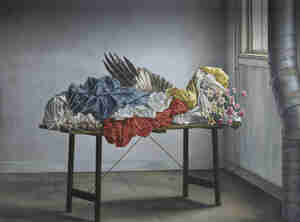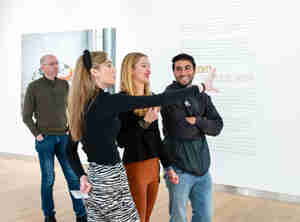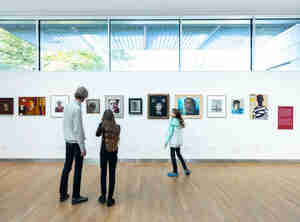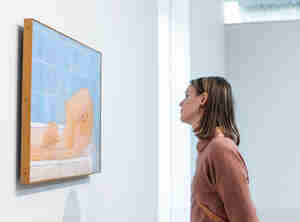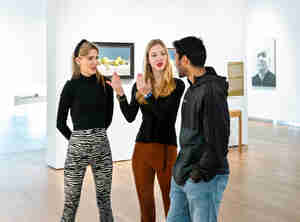- Plan your visit
- See and do
- Collection
- About us

Go back
Raoul Hynckes
The Hare, 1946
Raoul Hynckes (1893-1973) is known for this type of still life, deriving inspiration from 17th-century Dutch and Spanish masters. For this hunting still life, he needed no less than three hares because of the perishability of his model, which he probably shot himself on the Gooi Heath.
From Belgium
...
, Hynckes trained at the Académie Royale des Beaux-Arts in Brussels from 1907 to 1912. He soon became a successful painter of Impressionist landscapes and harbour views. After the outbreak of the First World War and the occupation of Belgium in 1914, he fled to the Netherlands, where he lived for the rest of his life. He painted in and around the Zuiderzee, as well as the canals of Amsterdam, but from around 1920 produced mostly still lifes.
His style became increasingly realistic, and he reached the pinnacle of his success in the 1930s. He painted theatrical compositions, often featuring sinister objects, with near photographic precision. He arranged skulls, corpses, rusty tools, and dry branches bathed in a mysterious light. The abundant symbolism relating to transience in his work created the impression that Hynckes was obsessed with death. Be that as it may, from his memoirs and all accounts he appears to have been a lively and humorous man.
Artist
Raoul Hynckes
Title
The Hare
Year
1946
Technique
Oil on canvas
Size
105 x 74 cm (h x w)
Type of object
Painting
Copyright
Uknown
Copyright unknown. We have tried to trace the copyright holders. If you believe you have the copyright, please contact us.
